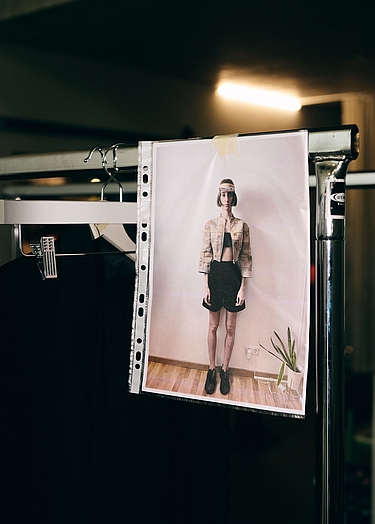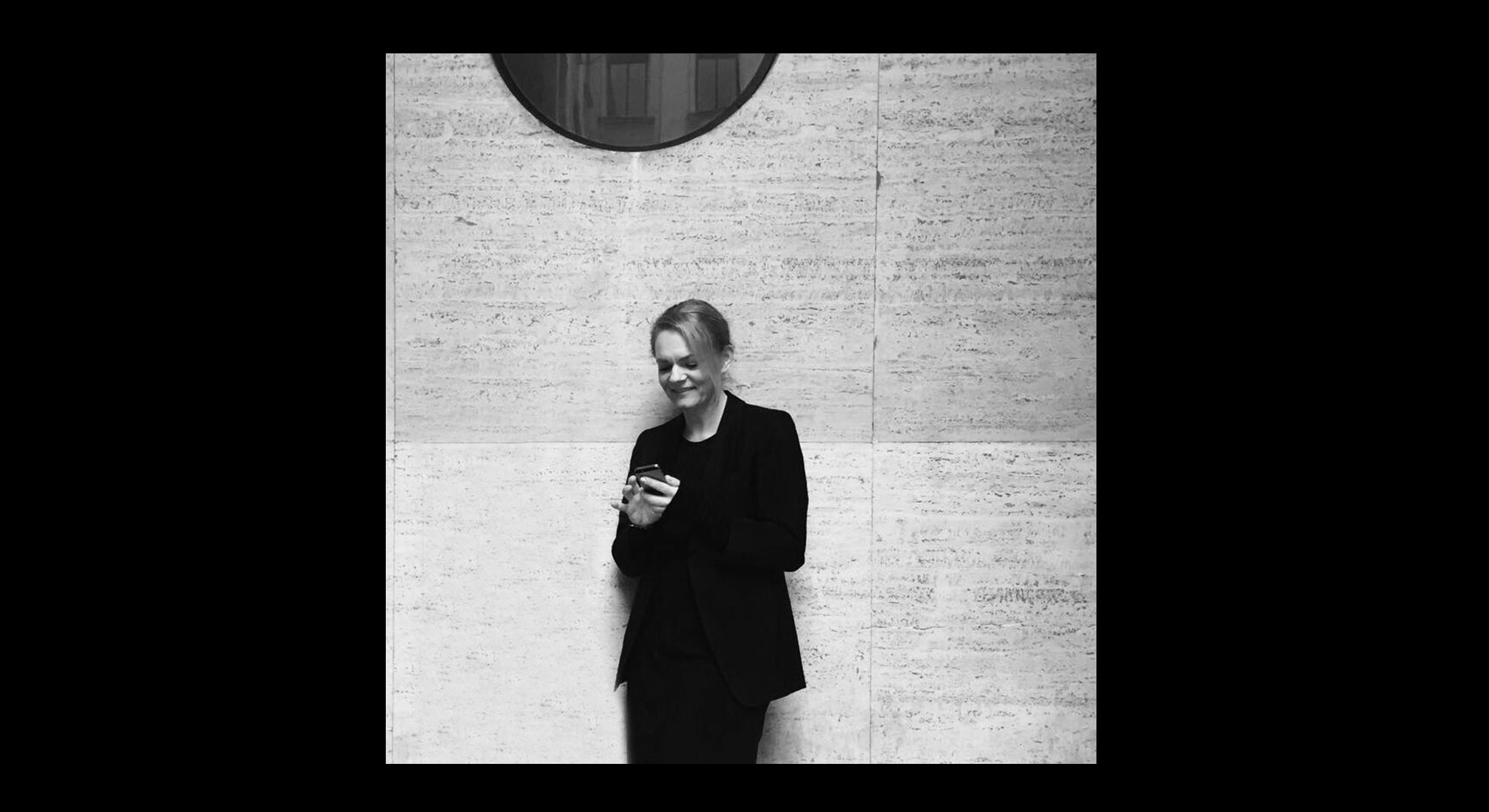
Interview

When it comes to sustainability in fashion, it is clear that quality also plays an important role. Carefully manufactured products made from high-quality material tend to have a better quality and thus are more durable than “fast fashion” products. The label Agnes Nordenholz addresses precisely this sustainability aspect. Designer and founder, Agnes Schorer speaks of “slow fashion” and with her luxury brand Agnes Nordenholz she manufactures products with soul, combining great craftmanship and a long durability.
In 2015, Agnes Schorer founded the luxurious slow fashion label with the name Agnes Nordenholz (Nordenholz was her grandmother’s maiden name) in Berlin. The fashion is specifically directed against the fast-moving fashion industry. Working with leather, wool and fur, the designer manufactures products with quality. In our interview, we spoke to her about the slow fashion concept.
Mrs Schorer, what exactly does “slow fashion” mean to you? How did you discover the topic for yourself?
Slow fashion is the opposite of fast fashion and everything connected to that. It is above all about maintaining cultural heritage, and the main focus is not on maximizing profits. It’s not about creating constantly changing trends, but rather about product design with a long validity. In my collections, designs do not vary from season to season, but they are rather expanded, with the collections building upon each other. Some pieces remain unchanged as they are good just the way they are.
In the last 20 years, fashion has become a throw-away product. This development did not only cause harm to the environment, but we have also lost some of our values. Even in the high-quality sectors, collections are changing so often that we are driven by continuous consumption. The latest collection is only in the stores for a short time, when the next sale starts. This fast pace destroys creativity and the consumer loses appreciation for the material and the entire manufacturing costs for the product. In fact, this topic has always been part of my work, but now it has become the guiding principle and I implement it with no compromise. Slow fashion is also an ongoing reflection process. The constant scrutiny is a crucial aspect.
Why did you establish the slow fashion label Agnes Nordenholz?
When I founded the label in 2015, I concluded for me what was important and what criteria are given priority?
Being a graduate from the University for Applied Arts in Vienna, I had to take some kind of oath at the graduation party to stick with the university’s guiding principle of exerting a positive influence on art, science and society. For this purpose, I am also obliged to follow the ideas of enlightenment and Immanuel Kant’s categorical imperative: Act only according to that maxim by which you can at the same time will that it should become a universal law. If I can contribute towards a change, to raising awareness and to a change of views, one goal would be achieved.
What aspects do you take particular account of in terms of sustainability?
For the leather I only use vegetable tanned leather, i.e. leather processed in a vegetable tanning process using organic material and natural tannins, such as barks and leaves of olive trees. It is the oldest method of preserving hides. It is a very long process and thus more expensive, but it provides unparalleled quality and advantages, in particular as it eliminates the need to use toxic chemicals and thus minimises the environmental impact.
I use only natural, partly even certified materials from Europe, as manufacturers apply the highest production standards.
At present, manufacturing mainly takes place in small family businesses and traditional factories in Germany. This prevents long transport routes and ensures direct contact and interaction with the manufacturers.
You use mainly natural products, in particular from sheep (wool, leather, fur). What makes these materials so special and sustainable?
Wool, leather and fur are renewable resources of high quality and durability and they are biodegradable and very eco-friendly to produce. Wool is the perfect sustainable product for me: It is a highly durable fibre, water and stain-repellent, it can absorb moisture very well and release it very fast, it is also antistatic, antiseptic, it absorbs odours, it is elastic and thus highly crease-resistant, it can absorb and retain colour very well, and last but not least, it is biodegradable.
When making handbags, I always use the fur from the moorland sheep from Lüneburger Heide. For many centuries, the historic cultural landscape in Lüneburger Heide has been retained by flocks of moorland sheep. Meanwhile, their stock has reduced significantly as the sheep’s robust wool is not really suitable for making wool. Only furs from animals that are kept in their natural environment are used. These animals are also used in meat production.
Due to free-range farming almost all year, the meat of the moorland sheep is also a high-grade supplier of sustainable organic meat and thus the perfect counterpart to intensive livestock farming. It is only through human utilisation that this species can be preserved.
One of my great-grandfathers was a merchant in one of the world’s biggest wool combing plants, another was a leather tanner and later traded with leather goods. I like the idea that these materials are also part of my family history.
What does Berlin mean to you? Why did you decide in 2015 to establish your label in the city?
Berlin has always fascinated me. My decision in 2015 to move to Berlin meant going “back to the roots” on the one hand, as my ancestors used to lived here. My great-grand aunts had a linen store in Berlin. On the other hand, I associate with Berlin a feeling of freedom and openness. This feeling still prevails until today.